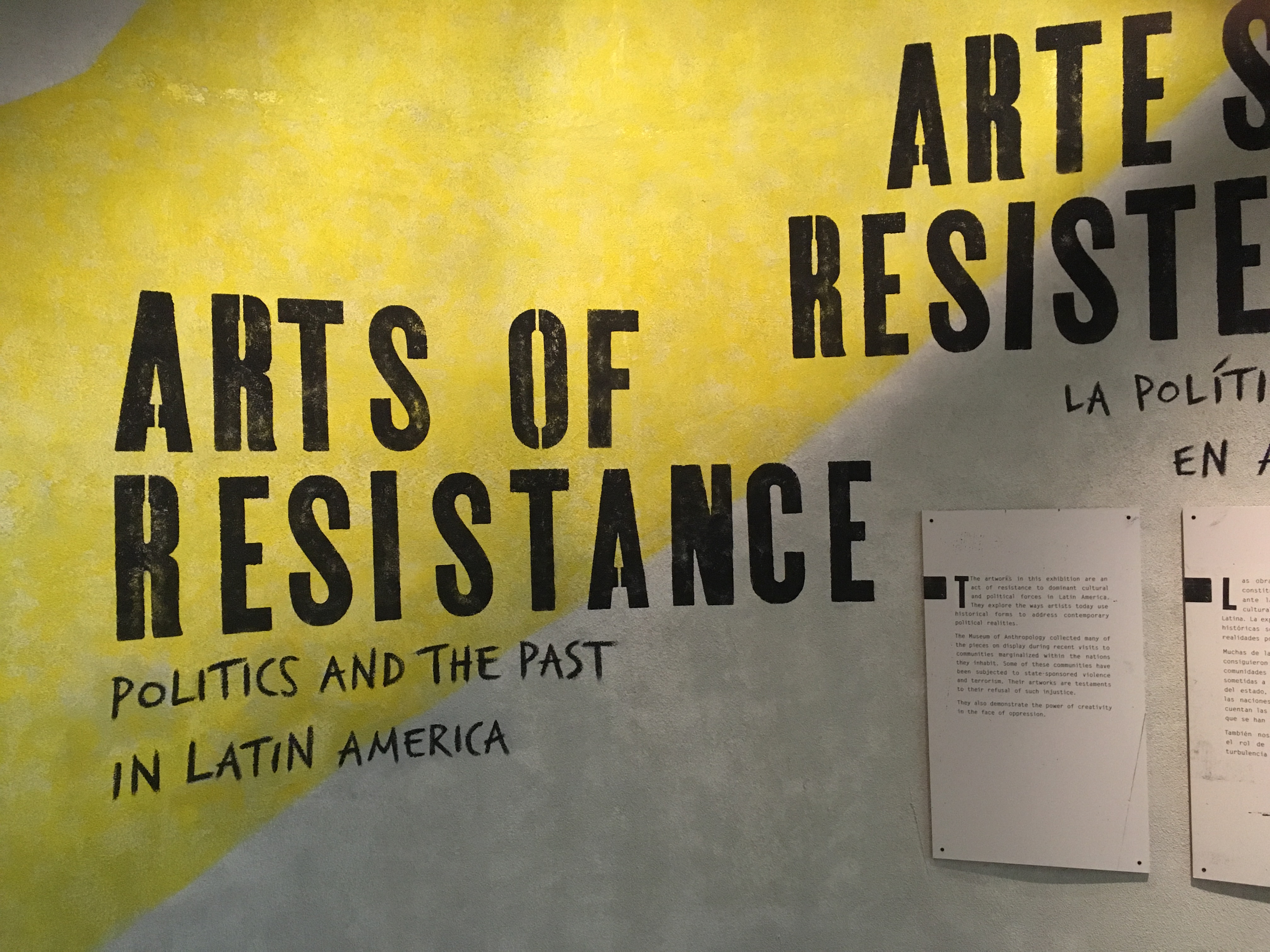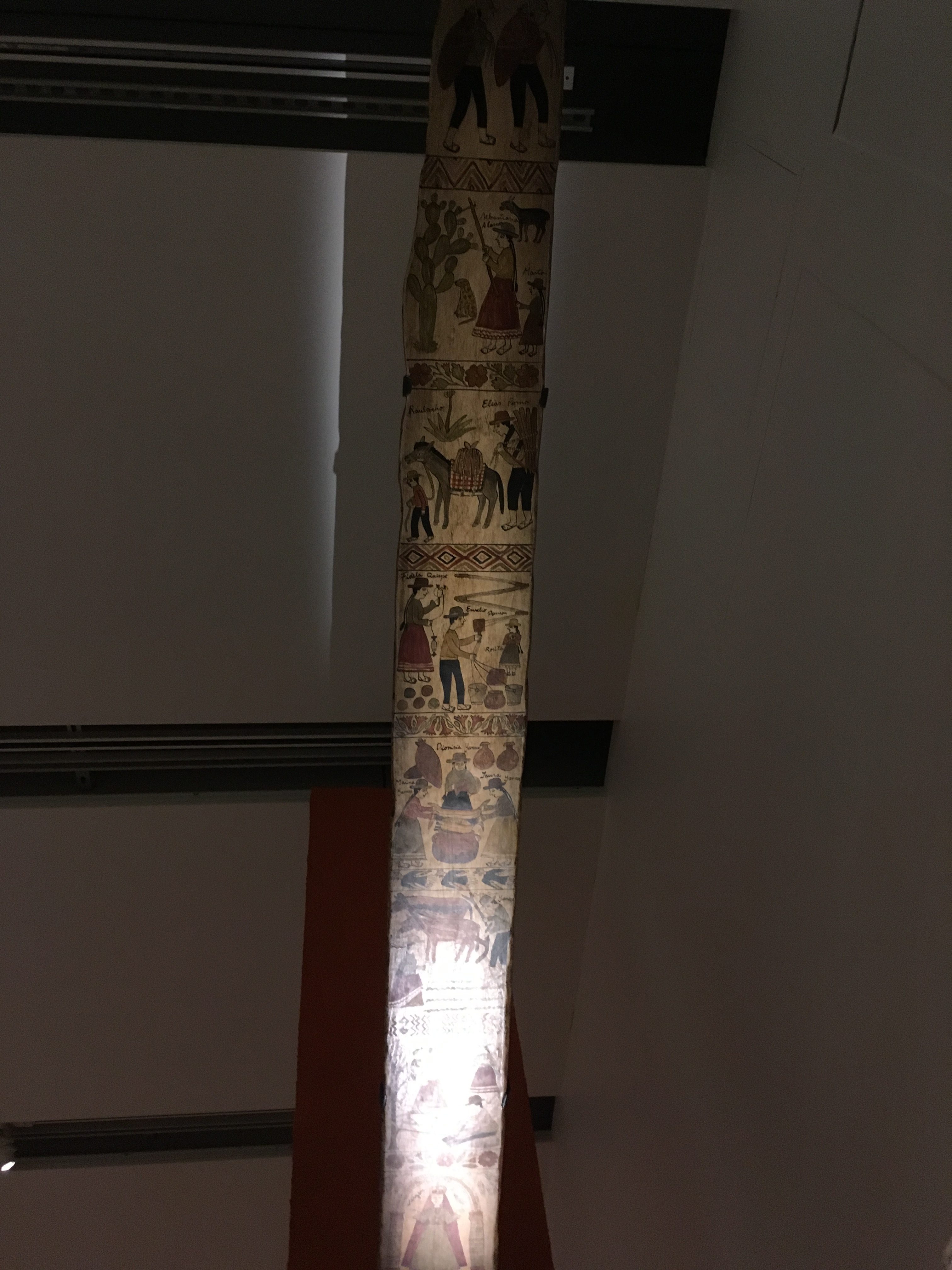
Art speaks when words cannot. In times of suffering, art becomes a primary medium for communication and individual expression. In the Museum of Anthropology (MOA), a new exhibition, Arts of Resistance, focuses on Latin American art and how they “demonstrate the power of creativity in the face of oppression.” Whether it is through clothing, carvings, or paintings, the art displayed at MOA evoke powerful messages through subtle details. As I walked through the exhibit, I was awestruck by the intelligence and beauty of each work. The ability to find hidden meanings in the simplest facets made me wonder whether I have been overlooking hidden messages my entire life.
The concept of memory also plays a large role in the exhibit, revealing how artists remember significant events in their lives. When observed closely, this concept is skillfully woven into each piece of work and as recognized by the museum, “demonstrates how objects can embody important historical and cultural memories and has the potential to influence.” In particular, one piece of art that exemplifies the concept of memory, is a painted wooden beam from Sarhua, Peru.

Memory has been a focal concept in our ASTU class, and questions on how we remember and how memories are passed down to generations are often raised. For the Sarhunio people, one way of transmitting knowledge and memories is through Tablas de Sarhua, or Sarhua boards. These wooden beams, placed on the roof of homes, tell the history, culture, and social rituals of a particular family. Often made for newlyweds, the Sarhunio people believe that these beams “functioned … as a way of passing on family and cultural histories”. (The Georgia Straight, Osorio Sunnucks).
I found the physical placement of these wooden beams extremely symbolic. The purpose of a roof is to provide support and shelter to a household, and by painting a family’s history and traditions onto it, their ancestry and culture become both physically and emotionally embedded into their home. Like the roof of a house, the Tablas de Sarhua served as a foundation. However instead of a physical foundation for families, the tablas were a cultural one. They were constant reminders of a family’s heritage, ensuring that significant traditions and memories will never be forgotten. As I stood underneath the Sarhua boards, I felt as if I could understand the family’s history just by observing the images; I can only imagine what a Sarhunio person looking up at the roof would feel, as memories flood to their mind of their family’s heritage.